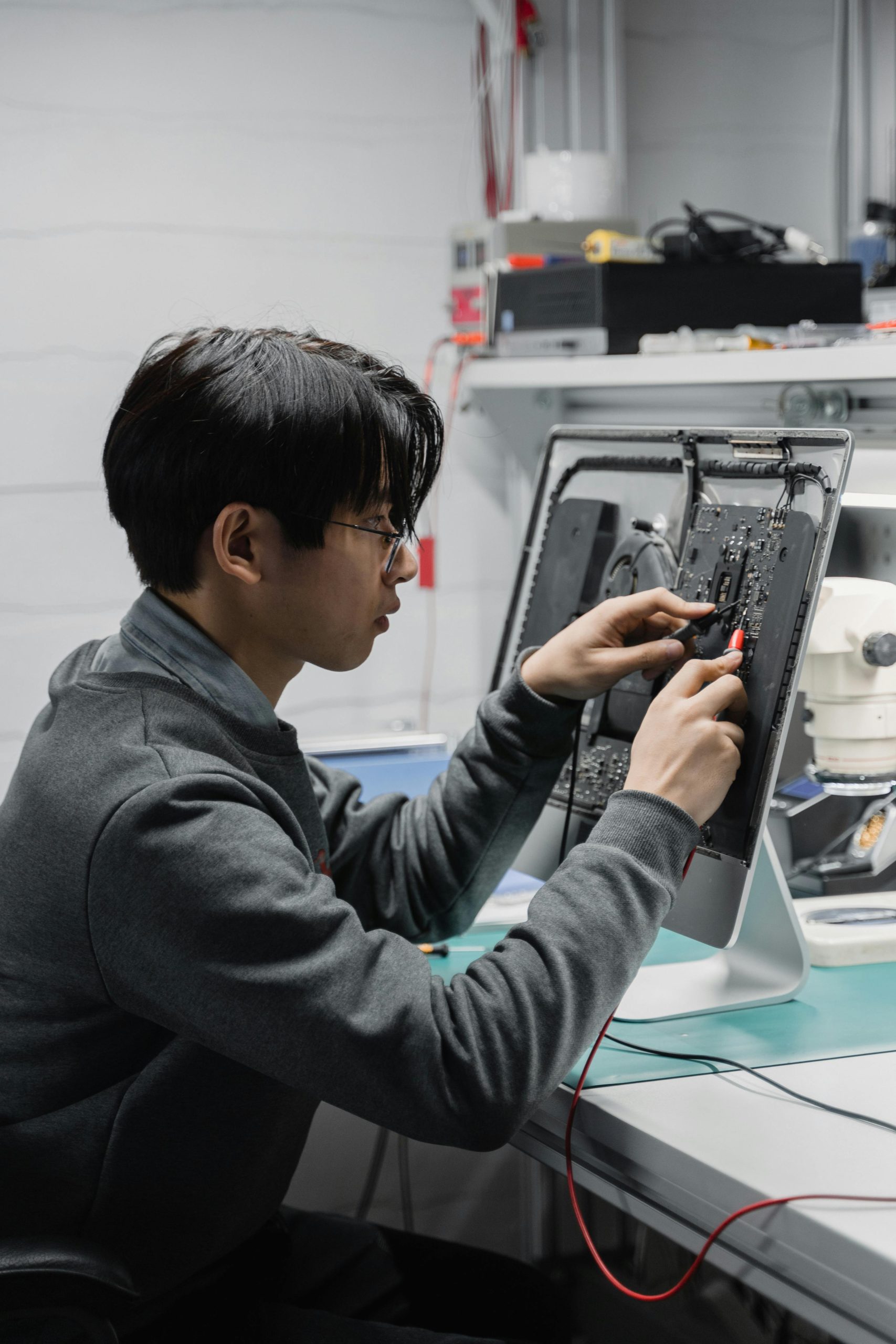Understanding and Troubleshooting a Post-Installer Hardware Issue: A Case Study
Introduction
Encountering hardware problems following a household electrical incident can be distressing, especially when critical devices like personal computers are involved. Recently, a user experienced a perplexing issue where their PC failed to boot properly after electrical work in their home caused a power trip. This case study explores the situation, details the troubleshooting steps taken, and offers insights into potential causes and solutions.
System Specifications
The affected system features the following components:
- Processor: AMD Ryzen 7 7500G
- Graphics Card: NVIDIA RTX 3070
- Memory: 32GB RAM
Scenario Overview
The incident was initiated during the installation of a ceiling fan in the user’s room. Two technicians were executing the installation, during which a short circuit occurred, resulting in the entire house losing power. Subsequently, the user noticed that their PC would turn on visually—RGB lighting would illuminate, and the GPU’s fans would spin—but no display output was received. Additionally, diagnostic indicators on the motherboard pointed towards a CPU-related issue.
Troubleshooting Steps
The user employed standard troubleshooting procedures, including:
-
Resetting Memory Modules: Removing all RAM and testing each stick individually yielded no change; the CPU debug LED remained solid white.
-
Testing Integrated Graphics: Removing the discrete GPU and attempting to boot via the motherboard’s integrated graphics interface did not resolve the issue, with the CPU debug indicator persisting.
-
Peripheral Removal: Disconnecting other peripherals was not explicitly mentioned but can be considered as a standard measure.
Potential Causes and Considerations
Given the circumstances, several factors could contribute to the observed symptoms:
-
Electrical Damage to Motherboard or CPU: The short circuit during installation could have caused hardware damage, particularly affecting the CPU or motherboard voltage regulation circuitry.
-
Power Supply Issues: Although the system appears to power on, internal power regulation components might be compromised, leading to inadequate power delivery and failure to initialize the display.
-
Corrosion or Residual Damage: The electrical short may have induced corrosion or residual damage affecting critical communication pathways within the motherboard or CPU socket.
-
Firmware or BIOS Corruption: Although less likely, power surges can sometimes corrupt BIOS settings, necessitating a reset or update.
Recommendations
In situations where hardware damage is suspected, consider the following steps:
- Conduct a Visual Inspection: Check the motherboard and CPU socket for visible signs of damage, such as burns
Share this content:



